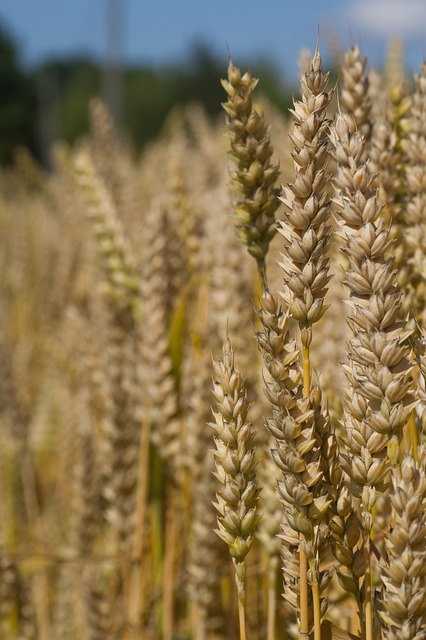 |
| Agricultural Revolutions in India |
Green Revolution
In early 1960s, the Government of India under the expertise of agricultural scientist MS Swaminathan took a series of steps to increase the production value of agricultural produce and modernize the practice of farming in India, especially increase in wheat and rice production value, so that India can again become a self dependent nation. This endeavor was part of the larger Green Revolution initiated by Norman Borlaug. Since independence, India has increased its cereal production five-fold from 50 million tonnes to 269 million tonnes.
Operation Flood (White Revolution)
The Operation flood was launched by National Dairy Development Board (NDDB) in 1970 with a mission to transform India from a milk deficient country to the world's largest milk producer. The Operation Flood was led by Verghese Kurien, the chairman and founder of Anand Milk Union Limited (AMUL). He was appointed as the Chairman of NDDB by then Prime Minister of India Lal Bahadur Shastri and asked to implement Anand experiment at Amul on national scale. Thanks to his vision, India passed USA as the world largest milk producer in 1998. He was hailed for his efforts and invited by United Nations, Russia, Pakistan, China and Sri Lanka for his guidance. Thus, what was started as the operation flood to make a country self sufficient, became the White Revolution in world and Verghese Kurien came to be known as the Father of the White Revolution.
Blue Revolution
The moniker "Blue Revolution" was invented by the Indian social scientists to point the meteoric rise of the fish production and fish farming in India. The moniker has been recently adopted by the Government of India to keep this growth and attract new farmers and investors in fisheries. Since independence, India's fish production has increased from 0.75 million tonnes to near 11 million tonnes in 2016.
Yellow Revolution
Similarly, Yellow Revolution is another moniker invented by the Indian social scientists to show the rise of production of oil seeds in India. India's oilseeds production has increased seven times from 5 million tonnes to 38 million tonnes in 2016.
Pink Revolution
The term "Pink Revolution" is associated with the meat processing industry. It actually denotes to the technological and industrial reforms in meat processing industry which led to increase in the production value of the meat across the country. As of now, India is third largest goat meat producer and sixth largest producer of the beef.
Golden Revolution
The term "Golden Revolution" is associated with the rise of horticulture sector in India. As of now, India is the largest producer of fresh fruits, second largest producer of fresh vegetables, and one of the leading producers of other horticultural commodities.
In similar manner, different names are associated with different industries, and most of these names or monikers are invented by the social scientists or the government agencies who work toward in development of these products. Keeping this fact in the mind, the Brown Revolution is associated with Organic farming, soil health, coffee and leather industry, the Golden Fiber Revolution is associated with jute production, Grey Revolution is often related to fertilizer and chemical industry, Round Revolution is associated with potato and other tuber crops, Silver Fiber Revolution is associated with cotton production, the Orange Revolution refers to the growth in production of orange and other citrus fruits whereas on another side of spectrum, the Orange Revolution means large scale adoptation of solar energy and finally, the Silver Revolution is related to egg or poultry production.
Also Read:
1. History of Agriculture in India
2. India's Position in World Agriculture Production
